This wonderful Cornish workshop and museum is dedicated to the legacy of studio pottery trailblazer Bernard Leach
Medieval Natural Symbols
Medieval Natural Symbols
22 Sep 2020
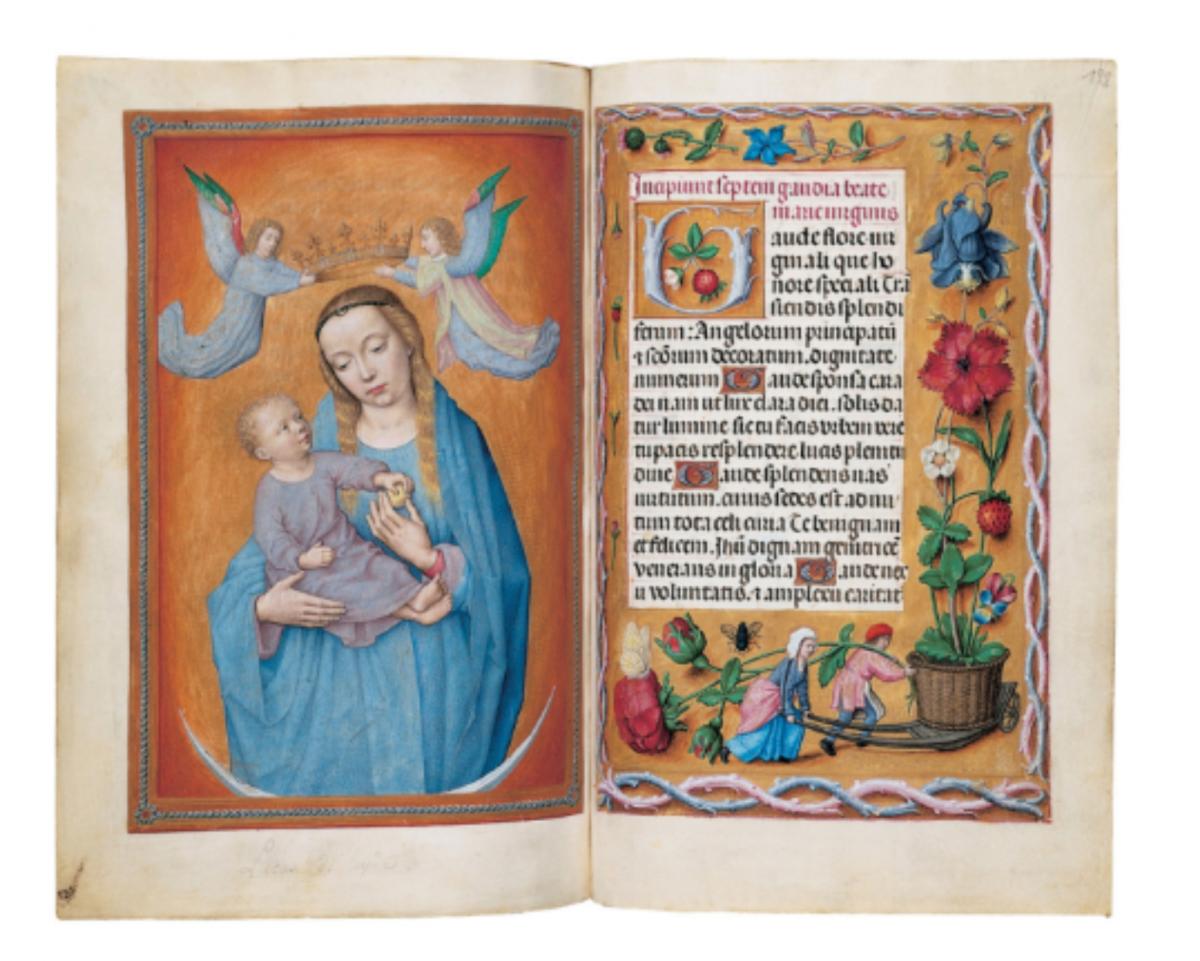
"...HEAVEN - THE RETURN TO EDEN - WAS IMAGINED AS AN ENCLOSED GARDEN IN LATE SPRING. THE ENCLOSURE IS AN EXAMPLE OF MARY'S SEALED WOMB; YOU MIGHT SEE A DOVE AS THE HOLY SPIRIT ENTERING FROM ABOVE, BUT THE GATES ALWAYS STAY SHUT."
Book of hours, Ghent, or possibly Bruges, c.1505 (tempera or vellum)
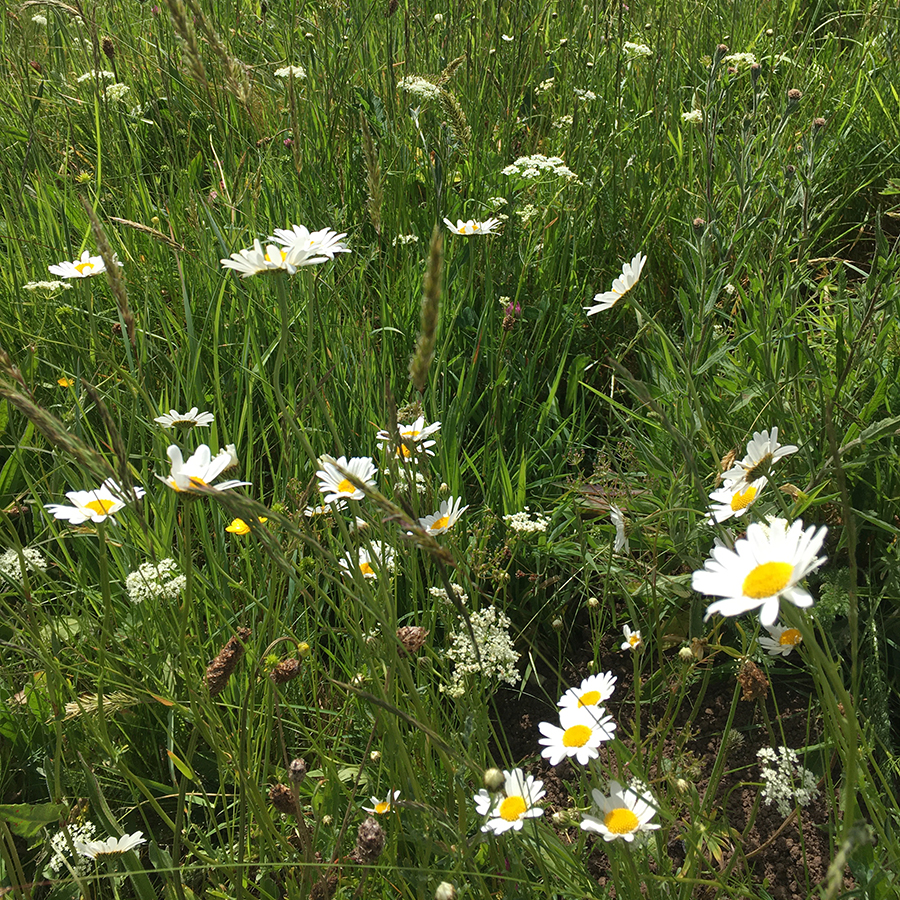 Ox-eye daisies and other native species known to medieval eyes
Ox-eye daisies and other native species known to medieval eyes
 Double rose decoration in the southwest tower vault of Lichfield Cathedral, c.1520
Double rose decoration in the southwest tower vault of Lichfield Cathedral, c.1520
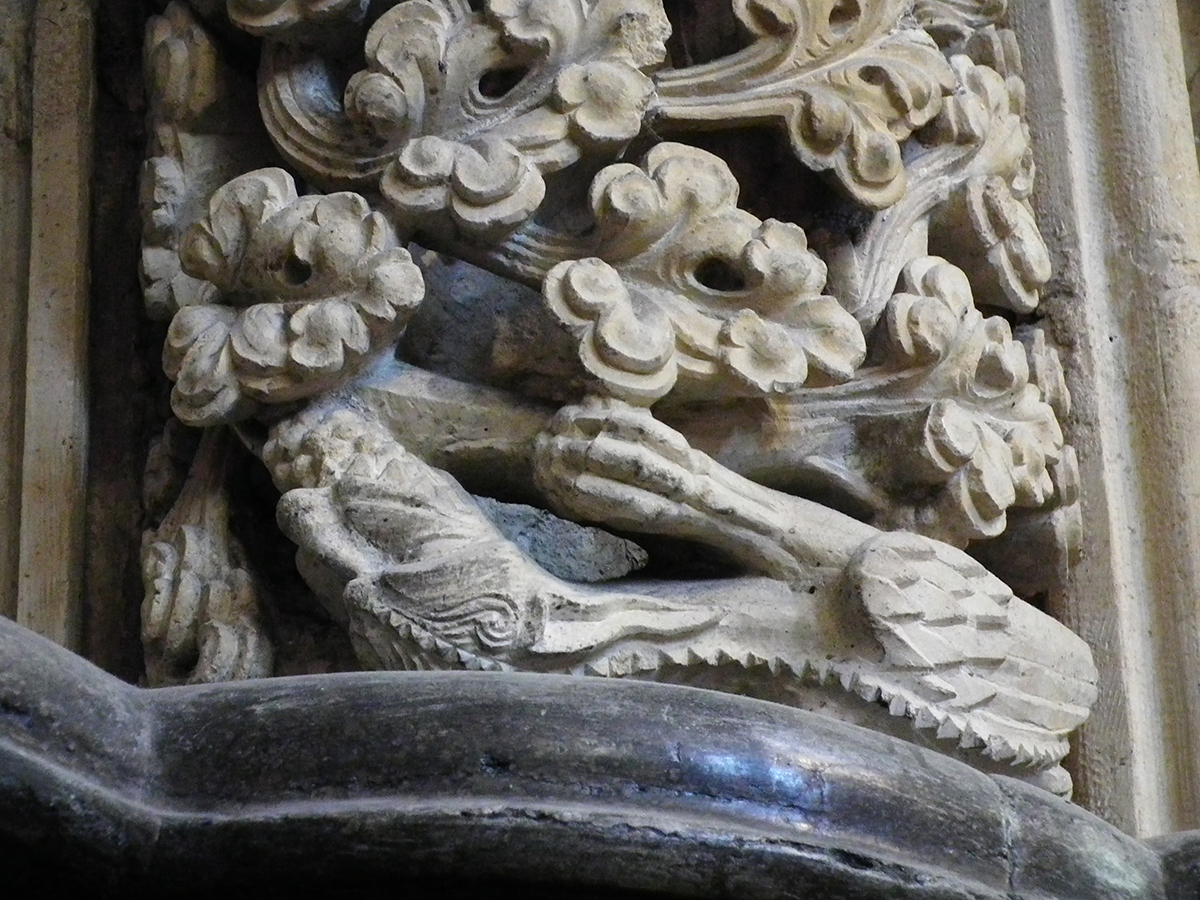 A Lincoln Cathedral carving of a dragon eating grapes
A Lincoln Cathedral carving of a dragon eating grapes
4. GARDENS ALWAYS HAVE BUGS – AND WORSE
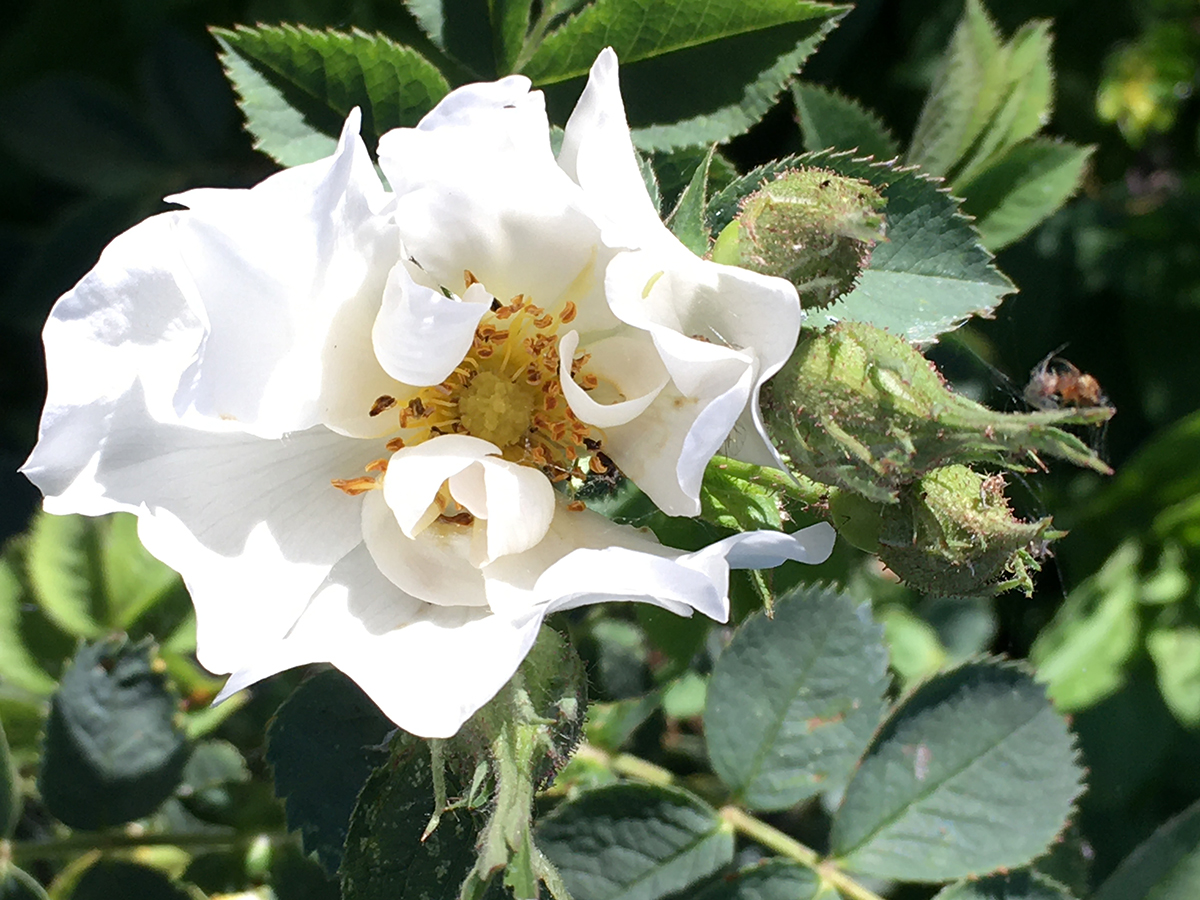 A flowering Old Rosa alba
A flowering Old Rosa alba
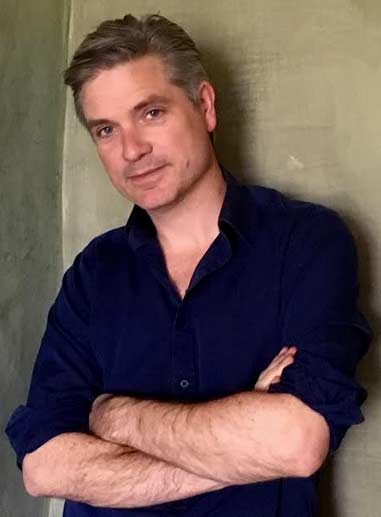
OUR EXPERT'S STORY
Images (top to bottom): The Book of Hours © Bridgeman Images; The Hours of Etienne Chevalier by artist Jean Fouquet © Bridgeman Images; all other images courtesy of Jonathan Foyle
About the Author
Jonathan Foyle
Article Tags
JOIN OUR MAILING LIST
Become an instant expert!
Find out more about the arts by becoming a Supporter of The Arts Society.
For just £20 a year you will receive invitations to exclusive member events and courses, special offers and concessions, our regular newsletter and our beautiful arts magazine, full of news, views, events and artist profiles.
FIND YOUR NEAREST SOCIETY
MORE FEATURES
Ever wanted to write a crime novel? As Britain’s annual crime writing festival opens, we uncover some top leads
It’s just 10 days until the Summer Olympic Games open in Paris. To mark the moment, Simon Inglis reveals how art and design play a key part in this, the world’s most spectacular multi-sport competition



